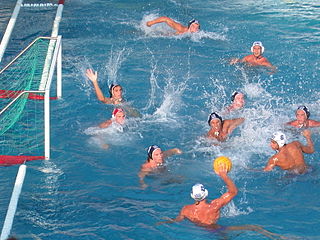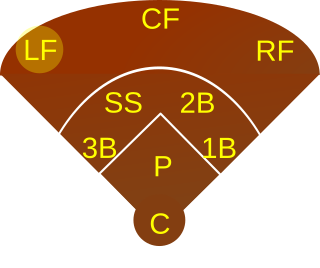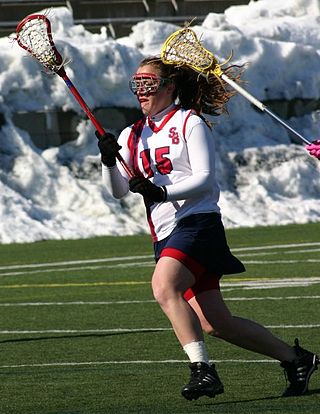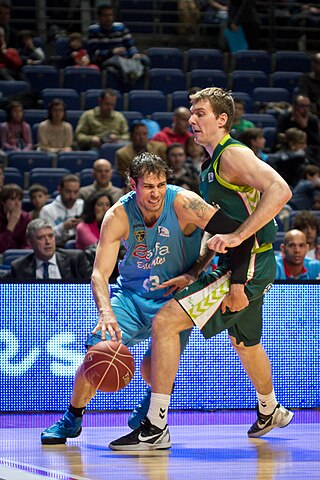Possible origins
This section needs additional citations for verification .(August 2016) |
The first play of the game may have been at Towson University in 1914. Others say Zoom was brought to Ventura College in California in 1971 by Kelly Weaverling, a former Navy submariner who claimed the game originated by the Navy submarine crew he worked with. Kelly taught the game to the technical students at Ventura College.
Zoom Schwartz Figliano was actively played at Monclair State University in New Jersey by the Omega Phi Delta fraternity during the late '60s. As a result, it migrated to the Burroughs Corporation's world headquarters Technical Information Organization (TIO/Conversion) in Detroit during the late '70s. The ultimate rookie mistake was to Zoom a Zoomer.
Zoom Schwartz Profigliano was actively played at the University of California at Davis starting in 1976 and included the commands "Beefeater," which passed the "it" to the active player's left, and "Beutermann," which passed the "it" to the active player's right. This was normally done with bluffing to further enhance the game. Another variation utilized in the late 1980s at SUNY Morrisville coined the term “Coleman”. Alternately known as the CH29 rule, the studious player will sparingly employ this peppy bluffing tactic to pass the “it” to the player to their immediate left regardless of what direction they are looking. [1]
Another version of the game was played at Northwestern University starting around late 1971. This version did not involve alcohol but rather LSD and other psychedelic drugs. Typically, only the three basic calls were used. Rather than having participants drink after fouling, the objective was to infer deep meaning from the calls based on facial expressions, voice tones, body language, timing, and other cues. Thus, the game took on the nature of a conversation wherein emotions, as well as the volume of laughter, could run high.
A complex version of the game was present at Dartmouth College in the late '70s (when it was introduced is unknown), particularly at The Tabard and Alpha Theta, both coeducational Dartmouth College Greek Organizations. In addition to 'zoom' and 'schwartz', calls included 'boint' (zoom with a headfake), 'mafigliano' (schwartz with a headfake), mergatroid (1 left), [?? 1 right], 'shripe' (2 left), 'dort' (2 right), 'beaver' (3 left), 'zunt' (3 right), and Mephistopheles (directly across).[ citation needed ]
Perhaps the most diabolical version of the game was played in the late 80s at SUNY University at Buffalo. The game began with the standard three calls (Zoom, Schwartz, Perfigliano), but then progressively added 5 others: Buteman, Coleman, Smith, Uncle Toby and Morowitz. Butaman gives "it" to the person to the right of the caller, without respect to whom the caller looks at. Coleman gives "it" to the person 2-to-the-left of the caller, again without respect to whom the caller looks at. Smith gives it back to the caller himself, making it possible to legally say Smith many times in succession. Uncle Toby must be called as an interrogative (e.g., Uncle Toby?). The person the caller is looking at must likewise answer with the interrogative "Yes?", and "it" passes 2 people to the right of the yes-man. The final call to be added is the dreaded Morowitz, which returns "it" to the person who was "it" 2 turns ago. Given that Morowitz is only added late in the game, and given the considerable degradation of memory concomitant with drinking games, Morowitz only enters the game when game play is nearing its natural end. [2]
An equally challenging version was played at the Delta Phi chapter of the Alpha Chi Rho fraternity at Rensselaer Polytechnic University in the late 1970s and 1980s. Being "it" was referred to as "having The Zoom" or being the "Zoomer." Starting with the typical calls of Zoom (pass The Zoom to the person The Zoomer is looking at), Schwarz (return The Zoom to the previous Zoomer while looking at them), and Profigliano (return The Zoom to the previous Zoomer without looking at them), the call of Mordice moved The Zoom one person to The Zoomers left without eye contact. Mordice was usually not used at the start of the game but added during play. If a player needed to leave the game temporarily (e.g., to get more beer or to relieve themselves), they called "Zoom flapping out" and then "Zoom flapping in" when they returned to game play. Play continued with the remaining players in the meantime, who typically also introduced a new random call into the game with different mechanics, e.g., move The Zoom one person to The Zoomers right, two persons to the left, etc. It was up to the returning player to identify the mechanics of the new call by observation. Typical fouls (penalty drink) were Zooming the Zoomer, Nebulous Eyeballs (not looking directly at a person when calling Zoom), Epileptic Tongue (not pronouncing a call properly), and Delta T (for not continuing play immediately, usually due to not realizing one has The Zoom). Not only ZSP, but all drinking games at the chapter house used the "No Pointing" rule, so players used their elbows to call out a player for fouling.















